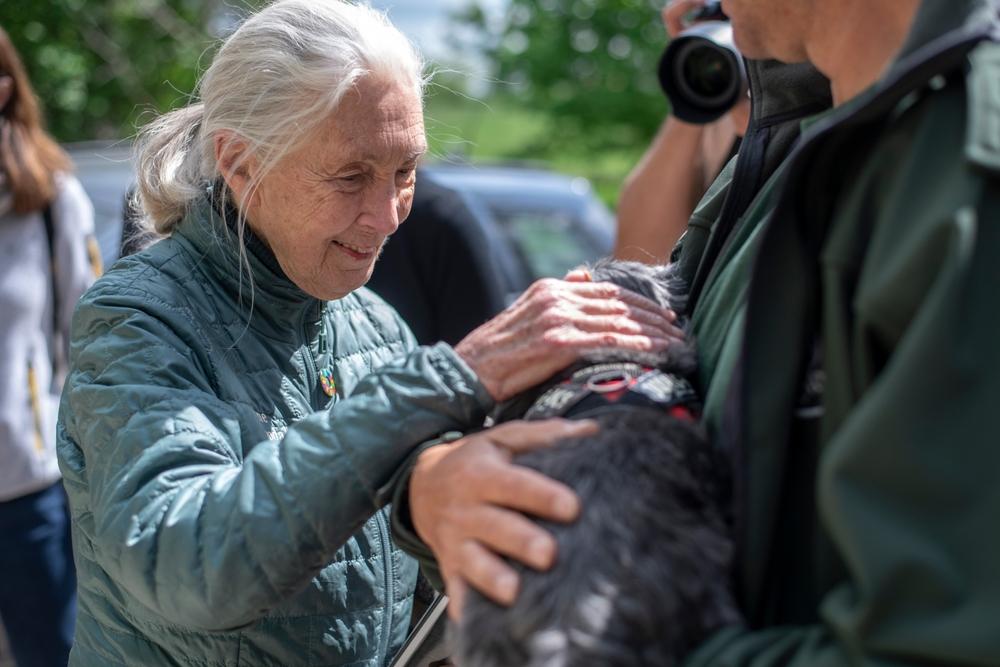Nature taps the power of limits. For example, it recognizes the limits that soil, moisture, and temperature have on the kind of plants and species that exists within an ecosystem.
As a gardener, I live in a cold climate and therefore, I can’t plant my favorite rhododendron bush that I grew up with in Pennsylvania. They don’t survive the winters in Minnesota. However, I have beautiful gardens and we have beautiful forests and prairies in Minnesota. In nature, despite the limits of climate, life thrives. Life also thrives in the high mountain plateaus, deserts, and everglades. Nature uses the power of limits to uniquely fit diverse forms of life into distinct environments. Unlike nature, we – personally and organizationally – don’t always tap the power of our limits.
The Dangers of Always Expecting Too Much
Today, we are working in a dynamic, turbulent, and complex external environment. There is always more work flowing downstream into our inboxes. It used to be that if we worked longer hours or harder, we could catch up and even get a little ahead of the workflow. I think that time has passed us by.
Now, work is infinite and the only way to stay in the flow is through endurance and prioritization. We need to be conscious enough to strategically see what we need to focus on and what we can let go of without causing future problems. We must slow down to speed up. This is a hard lesson to learn. I was taught that my competence was tied to my thoroughness. This meant that I needed to do everything and do it well.
One of my mentors said that my competence and value to the organization was not in my thoroughness – it was in my results! That triggered a valuable learning curve to shift the way I thought and the way I worked.
Finding Optimal Depth
I was introduced to yin yoga about 5 years ago and it has helped me become more conscious of my edges; physically, mentally, and emotionally. Yin yoga is about moving into a yoga pose, finding our edge, becoming still, and holding the pose for 3-5 minutes. Yin yoga is designed to strengthen the resilience and flexibility of your facia. Facia is the connective tissue that we all have in our bodies that connect our bones and muscles. If you wake up stiff in the morning, it is because our facia tightens up overnight and it takes movement to loosen it again.
One of the things that yoga teaches us is to use the pose to get into our bodies. What is our unique depth in a pose that allows us to achieve optimal health? In yin yoga, the first principle is to only go to the point in the pose where you feel significant resistance in your body. If you feel pain, back off and find the edge right before you feel pain. The point is to find the depth of the pose that will help you achieve optimal health. Optimal health is found in the middle of the continuum between “too little” stress on the body, which allows for your facia to atrophy, and “too much” stress, which creates degeneration in the facia.
As I practiced this yin yoga, I realized that it had a lot to teach me about myself. Am I aware of my edge or do I push past my edge into pain – not just in yoga, but in other aspects of my life?
In organizations and in exercise the phrase “no pain, no gain” is common. We think nothing of pushing ourselves to meet a deadline, go to work when we are sick, or equate high performance with maximum performance. When we push past our limits on a regular basis, we begin to degenerate our physical, psychological, and mental resilience. Therefore, becoming conscious of our edge matters.
Now as a leadership coach, I ask my clients to play with their edges; the physical, mental, psychological, and emotional edges they experience. Playing with our edges, helps us learn where our edge is. For years, I regularly pushed past the edge of my endurance by burning the candle at both ends. At that time, I was working full-time as a Director of a Student Centre and in the fall, I would travel every weekend to conferences to present workshops for my volunteer position in a national association. Eventually, Thanksgiving break would arrive, and I would get sick and collapse for five days. However, I didn’t learn from this pattern and would start it all over again the following year. Now with perspective, and the lessons from yin yoga and nature, I see my pattern differently.
Reaching the Edge – Not Pushing Limits
What happens if we honor and respect our physical, mental, and emotional edges? What happens if we ignore and push past our edge into pain? Are we aware of the edges of our team? Do we honor and respect the edges of our team or do we consistently push them past their edge?
When we constantly push past our edges or our team’s edges, we create conditions conducive to burnout. This triggers an increase in cynicism and negative energy in our organization. While pushing people beyond the point of pain may help us in the short-term, it doesn’t help us over time. The old saying “don’t make decisions when you are tired, hungry, or angry” is another way to acknowledge the limits we are experiencing and avoid bad decisions!
When we consistently force ourselves past our edges, we will pay a cost for this behavior later in our lives. In a world that is constantly moving and demanding ongoing adaptation, we need to strengthen our endurance and resilience and that of our team. That means learning to tap the power of our limits and move up to the edge of pain but not past it.
Learning to play with our edges and those of our team helps us to build flexibility and health. Consciousness of our edges and limits is a new aspect of leadership in today’s world.
Dr. Kathleen E. Allen is the author of Leading from the Roots: Nature Inspired Leadership Lessons for Today’s World (available for pre-order on Amazon) and President of Allen and Associates, a consulting firm that specializes in leadership, innovation, and organizational change. www.kathleenallen.net








Excellent. Thank you.
Learning to play with our edges is an epiphany.
Reading again, I more deeply appreciate the relevance. Thank you.